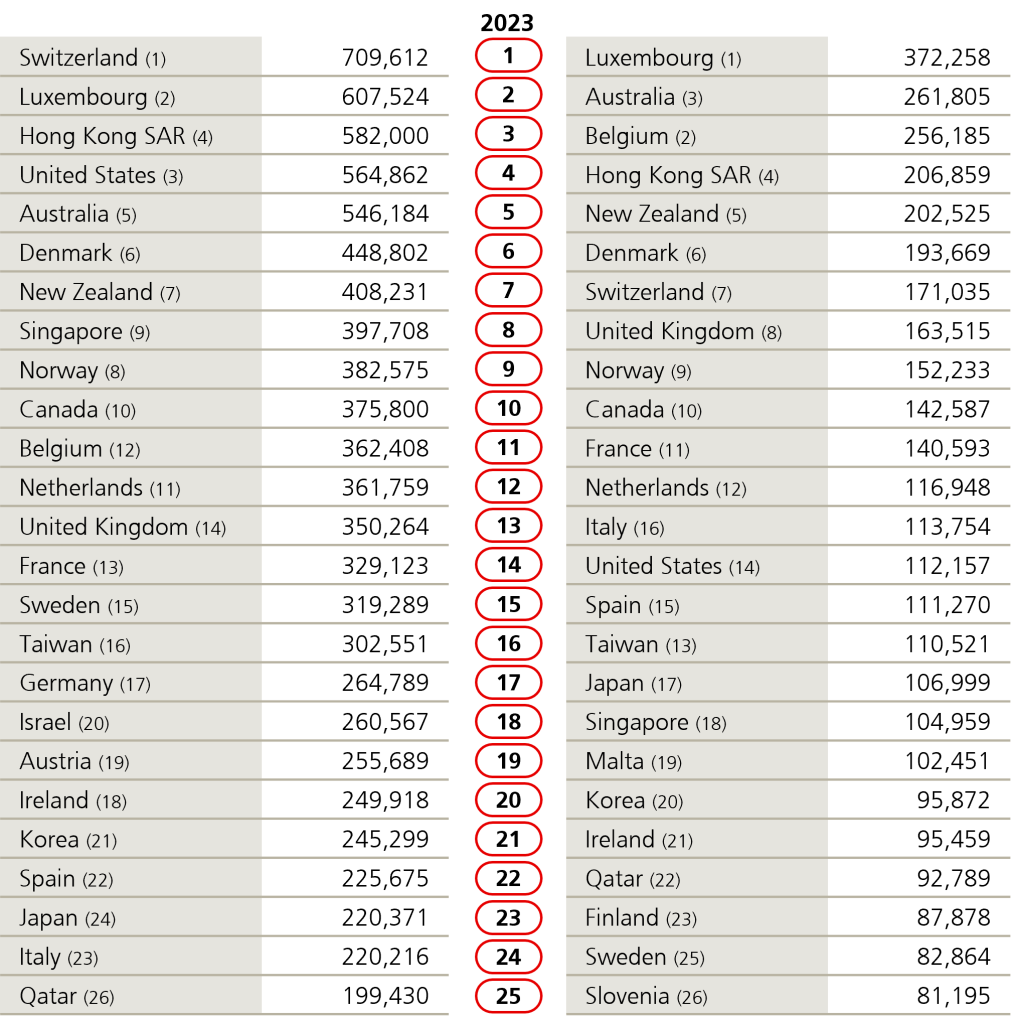Global wealth growth rebounded by 4.2% in 2023, recovering from a 3% contraction in 2022 that was largely attributable to currency effects, particularly a strong USD. This recovery offset the previous year’s losses regardless of whether wealth was measured in USD or local currencies as outlined in the UBS Global Wealth Report. The resurgence was driven by robust growth in Europe, the Middle East, and Africa (EMEA) at 4.8%, and in Asia-Pacific (APAC) at 4.4%. As inflation slowed, real growth outpaced nominal growth in 2023, resulting in an inflation-adjusted global wealth increase of nearly 8.4%.
Regional and Demographic Trends
The latest edition of the Global Wealth Report, now in its fifteenth year, underscores the regional and demographic variations in wealth accumulation. Adults in EMEA were the wealthiest on average in 2023, with an average wealth of USD 166,000, followed by APAC at USD 156,000, and the Americas at USD 146,000. Despite this, EMEA’s average wealth grew at the slowest pace since 2008, increasing by around 41% compared to 122% in APAC and 110% in the Americas over the same period.
Overall, wealth has grown fastest in APAC, which has seen an increase of nearly 177% since 2008. This growth has been accompanied by a significant spike in debt, which has grown by over 192% during the same timeframe. Although the Americas lagged behind the global wealth rebound in 2023, the United States bucked the trend of slowing growth, increasing its compound annual growth rate from 4% between 2000 and 2010, to 6% between 2010 and 2023.
Table 1: Top 25 in average wealth per adult (USD) Table 2: Top 25 in median wealth per adult (USD)
Numbers in parentheses indicate the position held in 2022 Numbers in parentheses indicate the position held in 2022

Paul Donovan, Chief Economist at UBS Global Wealth Management, noted the ongoing structural changes in the global economy and their impact on wealth patterns. He remarked, “The world economy is embarking on a period of profound structural change. Such episodes often create significant changes in wealth patterns. At the same time, wealth is needed to finance the investment in both technology and people that will allow humanity and the planet to thrive in the brave new world. Knowing where and how wealth is held is essential to mobilizing it effectively.”
Negative wealth growth in USD was observed in Greece, Japan, Italy, and Spain between the start of the second decade and 2023. On an individual market level, Switzerland continues to lead in average wealth per adult, followed by Luxembourg, Hong Kong SAR, and the United States. The biggest wealth increases in 2023 occurred in Türkiye, Qatar, and Russia, with Türkiye experiencing a staggering growth of 157%.
The United States, Mainland China, and the UK have the highest number of USD millionaires, with the US accounting for 38% of global millionaires. By 2028, the number of adults with wealth exceeding USD one million is expected to rise in 52 of the 56 markets analyzed, with an estimated growth of 50% in Taiwan.
Wealth Mobility and Horizontal Wealth Transfer
The report highlights that wealth mobility is consistently positive across all wealth brackets and time horizons. Individuals are more likely to climb up the wealth ladder than to slip down it. Approximately one in three individuals moves into a higher wealth band within a decade, and over a thirty-year period, the chance of escaping the lowest wealth bracket rises to over 60%.
A significant horizontal wealth transfer is expected in the coming decades. Roughly USD 83 trillion is projected to be passed on within the next two decades, equivalent to the value of all economic activity in the global economy in a single year. A notable portion of this wealth will first transfer horizontally between spouses before moving to the next generation, significantly benefiting women due to their higher life expectancy. About USD 9 trillion of this wealth transfer is expected to occur horizontally, with most of it in the Americas.





